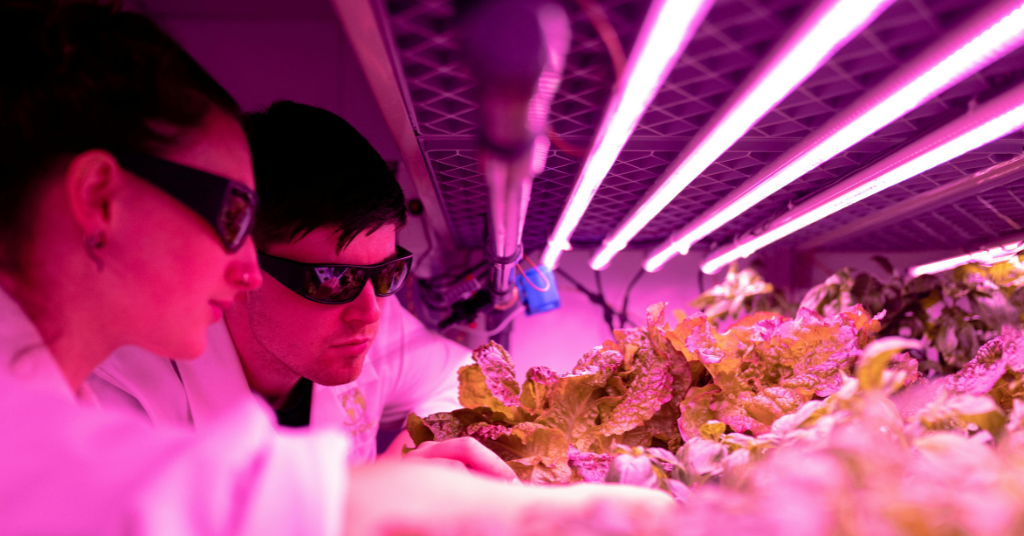Humanity produces an astonishing amount of CO2—more than 35 billion metric tons a year. The Earth absorbs roughly half of this by transporting carbon dioxide from the atmosphere to the oceans, plants, soil, and other natural ‘carbon sinks’. However, current projections show that we will exceed our acceptable carbon emissions limit. To completely eliminate carbon emissions, humanity would need to capture and store the other half, nearly 20 billion metric tons, every year.
Forests are one of our best carbon capture tools
One of the best carbon removal strategies for thousands of years has been trees. The world’s forests currently absorb around 16 gigatonnes of CO2 per year. About half of this is lost to deforestation, fires, and other disturbances. LEAF aims to invest tens of billions of dollars to stop tropical deforestation by 2030.
The LEAF Coalition is agreed upon and coordinated by Emergent, a non-profit organization dedicated to stopping tropical deforestation.
Capture at the source of fossil emissions, i.e., capture of CO2 emissions from industrial processes or power plant exhausts
Direct air capture, orDAC,C is the mechanical process of sucking large volumes of air through a chemical filter to remove carbon dioxide. The CO2 can then be pumped deep underground. To reach net zero emissions by 2050, the US would need to vacuum up to 1,850 million metric tons of CO2 per year. Direct air capture is currently expensive and energy-intensive.
Combining the use of biomass for energy production with carbon capture and storage
Bioenergy with carbon capture and storage is the process of burning crops or agricultural residues as electricity or using them to produce biofuels, with the associated emissions being sequestered underground.
The math only works if the emissions from growing, harvesting, transporting, and processing biomass do not exceed the carbon dioxide sequestered.
Carbon stored on land and in the oceans
Scientists estimate that agricultural soils can remove 4–6% of annual emissions in the U.S. However, much more research is needed to determine which pathways in the oceans and agricultural fields are most effective in capturing and storing carbon at the scale needed.
Currently, there are no government targets, regulatory frameworks, or support mechanisms to achieve negative emissions. Governments can help bridge the gap through two key mechanisms: first, by imposing mandatory quotas for the use of directly captured CO2 in end products; and second, by incorporating negative emissions into regulation and climate targets.
Resources and references:
https://vitalsigns.edf.org/story/4-ways-carbon-capture-can-help-fight-climate-change




